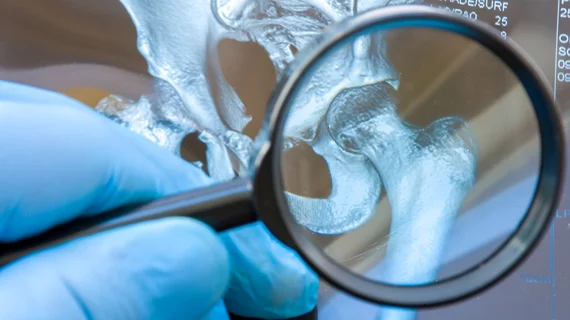Orthopedic surgeons share what the specialty seeks in a quality radiology report
There’s a common belief in medicine that orthopedic surgeons often do not read radiology reports, instead reaching straight for the images. But a handful of experts recently revealed what the specialty wants from its radiologist peers, publishing their guidance in the Journal of Clinical Orthopedics and Trauma.
Surgeons want an accurate and timely interpretation of scans, one that’s presented in a format allowing for easy analysis or clarification of each patient’s condition. A quality report should provide supporting evidence in the management of patients, correlate with their clinical situation, and provide a suggestive or list of differential diagnoses.
Trauma and orthopedic surgeon Karthikeyan Iyengar and co-authors in the field also urged colleagues to play their own part in improving the quality of reports.
“It is imperative that the referring clinician indicates the pertinent query they would like answered,” Iyengar, with the Southport and Ormskirk National Health Service Trust in the United Kingdom, and colleagues concluded. “This will allow focused reporting on the part of the reporting radiologist. An effective radiology report, communicated with clarity, will help the referring surgeon in the decision-making process of their patients.”
Iyengar et al. highlighted a list of what they believe to be essential elements of a clear and concise musculoskeletal radiology report. Those include a structured format, consistent nature, and clarification in confirming a diagnosis or recommendations for further diagnostic tests.
“After the radiologist has given a descriptive report, it would be helpful for them to provide a summary of key findings and their interpretation relevant with the clinical query,” the authors advised.
The analysis also outlines surgeons’ tips for reporting orthopedic pathologies, trauma, tumors and post-operative imaging. You can read the rest of their advice—set to be published in the October issue of Clinical Orthopedics and Trauma—here.

